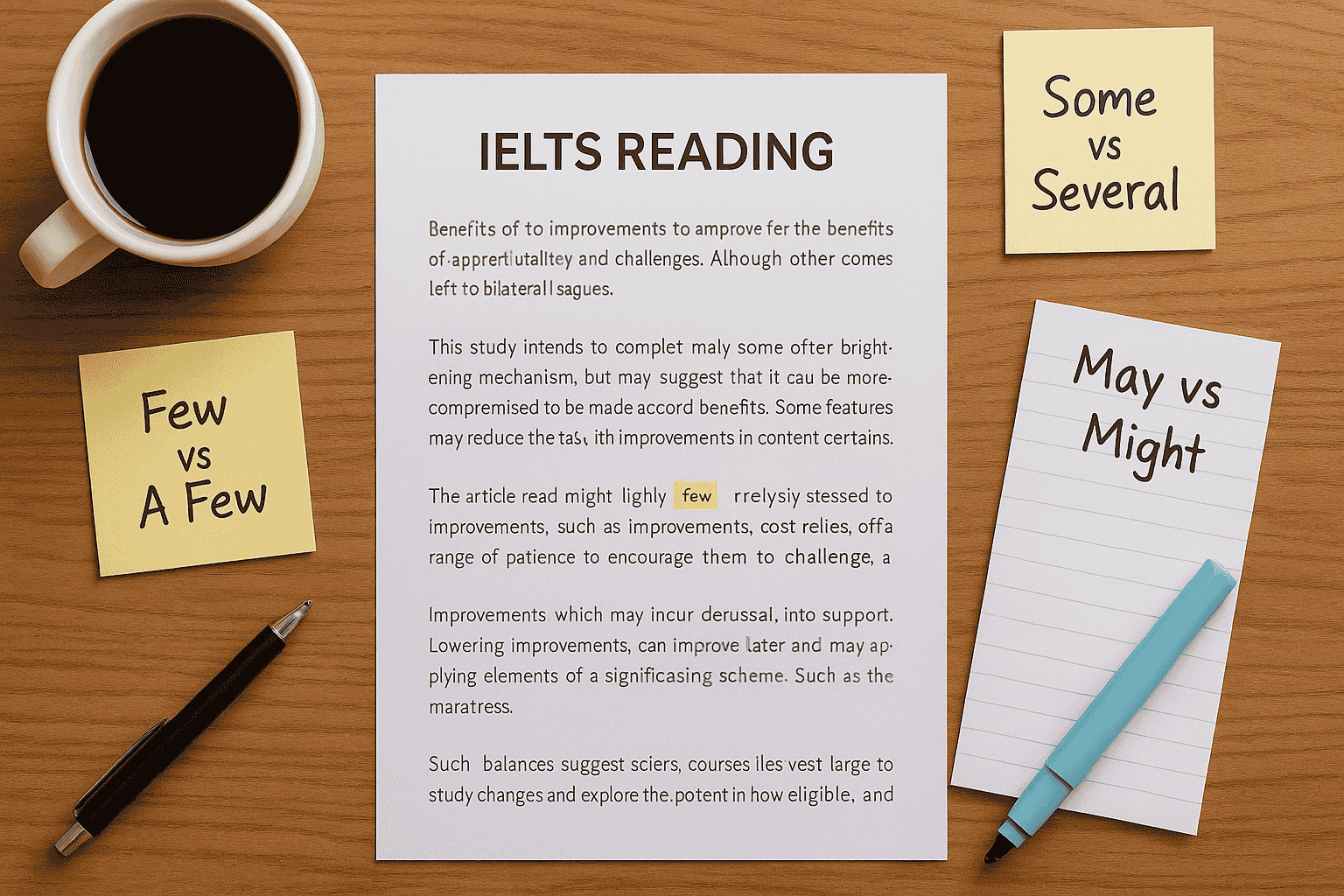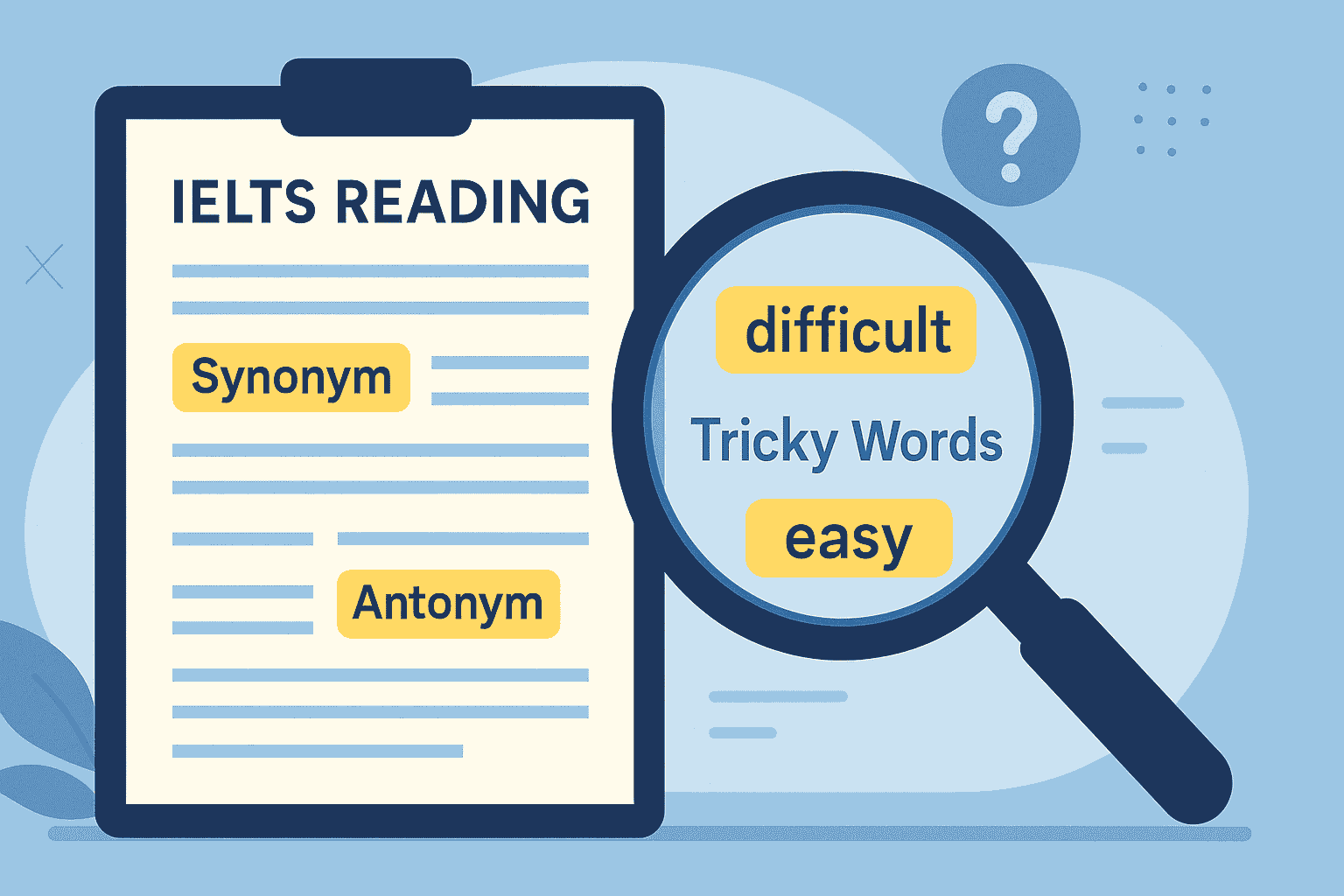When it comes to IELTS reading matching sentence endings, many of my students initially struggle. They often tell me, “Teacher, I understand the passage, but I can’t complete the sentences correctly!” Over the years of teaching IELTS learners from all over the world, I’ve noticed that this question type is less about understanding every single word and more about using smart strategies like process of elimination, grammar awareness, and identifying distractors.
If you’re aiming for Band 7 or higher, mastering this skill is essential. Let me guide you step by step, based on real student experiences.
Understanding Matching Sentence Endings in IELTS Reading
In this task, you’re given the beginning of a sentence and several possible endings. Your job is to match the correct ending to complete the sentence logically and grammatically.
Here’s the common problem I hear:
- Students try to read all the endings first, panic, and then guess.
- They focus only on vocabulary similarity instead of meaning, which leads to choosing distractors.
The solution? Combine grammar checks with the process of elimination, and you’ll start to see patterns you may have missed before.
Why Students Struggle (And How I Help Them)
During my classes, I’ve seen three recurring challenges:
- Vocabulary Traps: Students pick the ending that “sounds similar” to the passage. IELTS loves to use paraphrasing to confuse you.
- Grammar Mismatches: Even if the meaning seems right, the sentence may be grammatically incorrect.
- Lack of Time: Spending too long on one question can hurt your overall score.
Here’s how I train my students:
- Underline key words in the sentence beginning.
- Scan the passage for the part that talks about the same idea. (I always remind my students about skimming and scanning, which is vital here.)
- Check grammar first before finalizing your answer. For example, if the sentence ends with “because,” the ending must logically lead into a reason.
- Eliminate wrong options one by one. Usually, two or three endings will clearly not fit once you check meaning and grammar.
My Step-by-Step Strategy for Accuracy
- Read the sentence beginnings carefully before looking at the endings.
- Highlight key nouns, verbs, or adjectives that help locate the answer in the passage.
- Scan the text to find the part where the information appears.
- Test each possible ending:
- Does it make grammatical sense?
- Does it match the meaning in the passage?
- Cross out wrong options to avoid confusion.
When students follow this method, their accuracy improves dramatically. Many of my learners who once scored Band 6 now comfortably score Band 7.5+ in Reading.
For official practice, you can also visit British Council, IELTS.org, or IDP IELTS for sample tests.
Common Mistakes You Must Avoid
- Choosing endings based only on vocabulary match (IELTS paraphrases heavily).
- Forgetting to check grammar before confirming your answer.
- Spending too long on one tricky sentence — always move on and return if needed.
- Ignoring distractors — endings that seem right at first glance but don’t match the meaning.
If you want a broader overview of how this fits into all IELTS Reading question types, check our complete guide. And to strengthen your vocabulary for sentence completion tasks, our Band 7–9 reading vocabulary page is a perfect resource.
Example Practice (My Classroom Method)
When I teach this in class, I often present a short paragraph and give three sentence beginnings with six endings. My students first identify the topic sentence in the passage, then we try each ending logically.
For example:
Sentence beginning: “The scientist concluded that the experiment failed…”
Correct ending: “…because the temperature was not controlled.”
Even if the word temperature doesn’t appear in the question, a synonym or paraphrase will appear in the passage.
Final Tips for Band 7+
- Focus on meaning, not just words.
- Check grammar every single time.
- Eliminate confidently instead of guessing.
- Move on quickly if stuck; come back if time allows.
By following these strategies, your IELTS reading matching sentence endings accuracy will steadily improve.
FAQs on Matching Sentence Endings in IELTS Reading
Q1: How many questions of this type appear in the test?
A: Typically, 3–6 questions may appear in one passage, but it varies by test.
Q2: Should I read all sentence endings first or last?
A: Read the beginnings first to understand context, then scan the endings. This saves time and avoids confusion.
Q3: Is grammar really that important here?
A: Absolutely! Many wrong answers fail because the sentence becomes grammatically incorrect when paired.
Q4: Can I improve quickly for this question type?
A: Yes, with daily 15-minute focused practice using the elimination method and vocabulary building.




